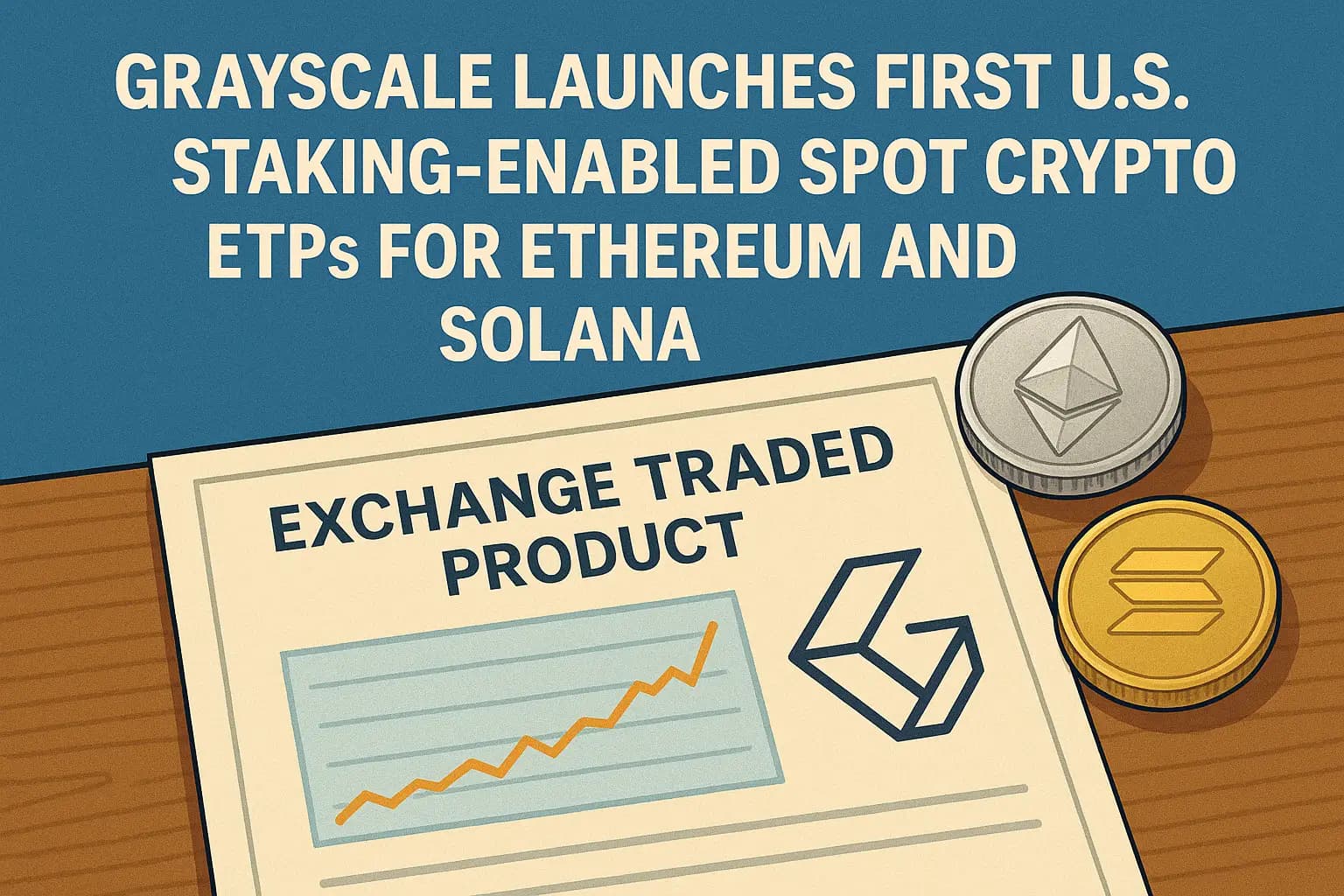In September 2025, decentralized finance (DeFi) protocols generated approximately $600 million in fees, marking a significant rebound from the 12-month low of $340 million recorded in March, with Uniswap and Aave leading the resurgence.
Key Takeaways:
- DeFi protocols' fee generation nearly doubled from March's $340 million to $600 million in September, driven by Uniswap and Aave.
- Both Uniswap and Aave have implemented buyback programs to align tokenomics with traditional financial metrics, aiming to enhance value for token holders.
- The adoption of buyback strategies reflects a broader trend in DeFi towards sustainable financial practices, attracting increased institutional interest.
DeFi protocols experienced a significant rebound in fee generation during this year’s month of September, reaching approximately $600 million. This is a 76% increase from the March record of $340 million low. The leading decentralized exchange, Uniswap was seen to be the key player for this resurgence, as well as Aave, which is a prominent lending and borrowing protocol. The growth in fee revenue indicates a shift towards more sustainable and fundamentally strong DeFi projects. A The Block chart referencing DefiLlama data shows the monthly fees generated by DeFi protocols, which is lead by Uniswap’s $130 million and pump.fun’s $120 million, followed by Aave and Lido.

Monthly fees generated by DeFi protocols (base-layers excluded) across all networks. Source: The Block
Uniswap’s Fee Switch and Token Value Strategy
Uniswap's governance approved $165 million in funding earlier this year and laid the groundwork for a "fee switch" mechanism. This feature, set to be implemented with the upcoming Uniswap v4 on Unichain, will direct a portion of trading revenue to UNI token holders, thereby enhancing the token's value proposition.
Aave Channels Surplus Revenue into Buybacks
Similarly, Aave has introduced a framework to route surplus revenue into regular buybacks and the ecosystem reserve. This approach replaces one-off treasury adjustments with a consistent accrual policy, linking earnings directly to token performance and reinforcing the relationship between protocol usage and token value.
Analyst Perspective: Buybacks Signal DeFi Maturity
The rise of buyback programs and revenue-sharing mechanisms is an indication of a growing DeFi ecosystem. Aligning tokenomics with traditional financial metrics makes the protocols better positioned to attract institutional investors and sustain token value. However, the long-term success of these strategies will depend on continuous growth and adoption across the DeFi space.
UNI and AAVE Price Movements Amid DeFi Fee Rebound
As of this writing (10:45AM UTC), UNI is trading at approximately $8.11, showing a modest drop of roughly 1.8% over the past 24 hours. Despite being negative in the day, the token peaked $8.44 before dipping to its current price. Intraday lows were seen near $8.03, as per CoinGecko.
However, AAVE saw a modest uptick today, trading around $290.53, showing 0.1% gain in the day while reaching intraday highs around $301.22 and lows near $288.78, according to CoinGecko’s real-time market data.
What’s Next: DeFi Growth and Future Outlook
This fee rebound executed by the mentioned protocols demonstrate that there is a significant step toward sustainable and fundamentally strong DeFi protocols. Thanks to buyback programs and revenue-sharing mechanisms, long-term value creation and institutional became possible and successfully achieved. Though the protocols’ native token’s price shows no immediate reaction, having a successful execution of these strategies will help the sector’s resilience and appeal more firm in the long run.
Summary
DeFi fees rebounded to ~$600M in September from a $340M March low, led by Uniswap and Aave. Both are pursuing buybacks/revenue-sharing, signaling a maturing tokenomics playbook designed to appeal to institutions—even if near-term token prices were mixed.























